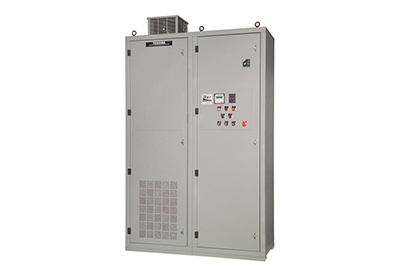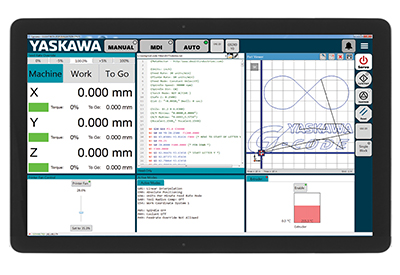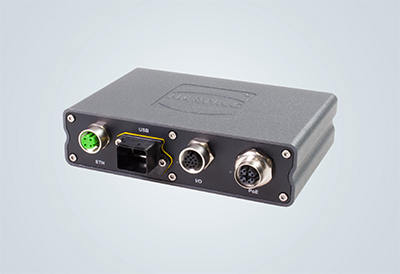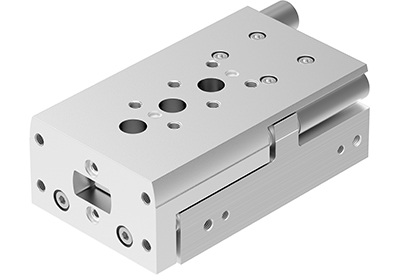Toshiba: QX7 HVAC

June 15, 2021
The Toshiba QX7 adjustable speed drive is designed for HVAC applications where harmonic content is critical to the power grid. The QX7’s patented 18-pulse design is the most sensible solution for the high demands of the HVAC industry. The QX7 eliminates the need to add other filters and costly isolation transformers.
- • Patented 18-Pulse Design
- • Small Footprint
- • Powerful, User-Friendly Operator Interface
- • Variety of Communication Options
- • Small Footprint with Uniform 24” Depth
- • Top or Bottom Cable Entry/Exit
- • Proven Toshiba ASD Technology






